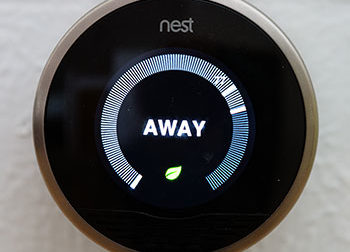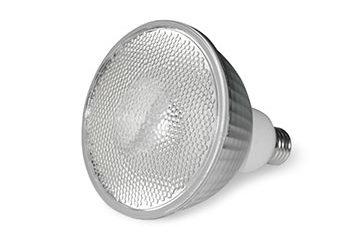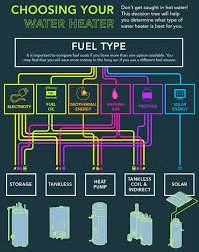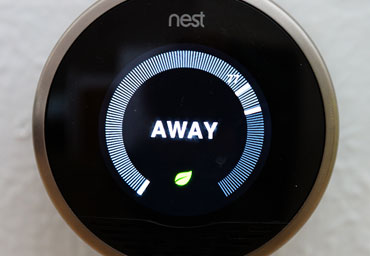Smart thermostats, also known as connected thermostats, are the newest and by most standards, innovative products on the market for residential energy users. The device is Wi-Fi connected so that it can be controlled from smart devices, such as a phone or tablet. Over time, the thermostat learns your patterns, like when you come and go and what temperatures you prefer the thermostat settings to be.
Since it is Wi-Fi connected, the smart thermostat also knows weather forecasts and patterns, so it operates your home’s heating and cooling equipment only as needed, thus optimizing savings that a programmable thermostat cannot offer.
Smart thermostats are the tip of the iceberg on the smart technology front. Connected LED lighting is also available. The price point exceeds an acceptable return at this time, but it will certainly be interesting to watch connected lighting, appliances, and other products evolve into the residential market.

Light Emitting Diodes (LED) bulbs are the quickest and easiest way for members to start saving money today! In a matter of a few years, LED technology has gone from being available in luxury automobiles to being able to purchase them at your local hardware store. At one time, LEDs were too pricy for residential applications. Today installing an 9-watt LED bulb in the place of a 60-watt incandescent bulb that operates for just 3 hours a day will more than pay for the cost of the new LED bulb in a matter of months.
Another opportunity where LED lighting offers immediate savings is outdoor lighting. Most applications of outdoor lighting are subject to 8-12 hours of run time. The cost for upgrading from a 100-watt incandescent flood light to a 20-watt LED flood light that operates 10 hours per day will be recovered in a matter of months.

Water heating can be the second largest user of electricity in homes today, so having one that operates efficiently is a must for any home looking to achieve smart use of energy. There are several considerations to make when selecting a water heater. Not all homes are the same, so one must consider the following: size and first hour rating, fuel type, energy efficiency, and overall costs.
Visit www.energy.gov to determine the appropriate size water heater for your family needs. Once you’ve done this, your next consideration is which type fuel is available to you. Energy factor is the third component of your approach. The energy factor is the rating of how efficient a water heater performs, and it is not recommended that you purchase a water heater based solely on the energy factor. The final consideration and in most cases, the most critical, is the overall costs. In some instances, considerable construction and/or electrical modifications would need to be made to accommodate certain water heater installations. Below is a graphic from energy.gov that illustrates possible water heater types.



